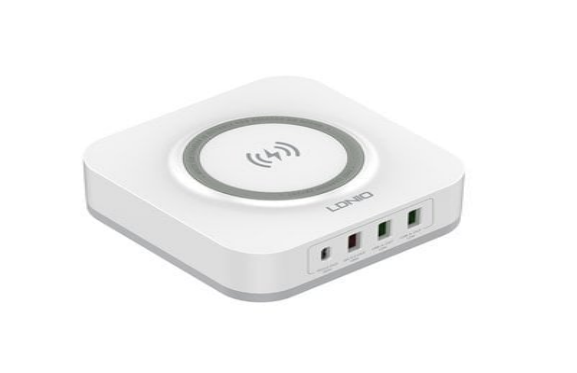Nowadays, both young and old ones make use of a mobile phone. Mobile phone helps you in reaching out to your loved ones and having unlimited access to the internet which helps you in knowing what is going on around the world and in your local place of residence.
All mobile phones must be charged once used up. In this article, I will take you through the working principle and the basic components of a mobile charger.
A mobile charger cannot just work without a basic principle. Current travels from the battery to the alternator when the ignition switch is turned on. This is due to the following reasons:
The magnet is typically rotated by the alternator to produce power for the charger. The magnet is an electromagnet that produces magnetic force by having electricity flow through it, not a permanent magnet.
As a result, to prepare the charger for producing power, electricity must be supplied to it before it starts working.

Below are the essential five components of a mobile charger:
The ignition switch can as well be used as a switch. When the engine is running, the charging system will turn on automatically, but a switch is required to create a magnetic field on the rotor coil.
The ignition switch is used to link and detach electricity from the battery to the rotor coil. Electricity from the battery will be connected to the coil rotor once the ignition key is turned on.
However, the power supply will be switched off when the ignition key is turned off. Therefore, even though the engine crankshaft is turning, the alternator can't create power when the ignition key is off.
The alternator’s job is to turn the spinning energy of a portion of an engine into electricity. The engine pulley, which is connected to the alternator with a V belt, provides the alternator's input.
As the alternator rotates, the magnetic force line intersects the stator coil, allowing electrons to flow on the coil.
To correct the current, the power in the stator coil must flow through the diode bridge and not immediately connect to the battery. Because the current in the stator coil is an alternate current.
The regulator's job is to control the voltage that the alternator produces. While the alternator voltage is likewise low when the engine RPM is low, it is also high when the engine RPM is high.
There are two different kinds of regulators: traditional regulators and integrated circuit regulators. The point type/conventional alters the alternator's output voltage using two coils. The output voltage is regulated by an integrated circuit in the integrated circuit regulator.
There are at least two charging wires: standard wire and B + wire. The purpose of the standard wire, which has a modest diameter like that of the electrical wiring in a car generally, is to link each terminal on the whole charging system.
While the B + wire is almost identical to the starter wire in size and has a bigger diameter than the standard wire. This wire's purpose is to link the battery with terminal B of the alternator.
The battery functions to store electrical energy. The battery will act as a storage facility for all the electrical energy generated by the alternator, which will be pulled out when needed.
Having gone through this article, by now you should know the working principle and the basic component of a mobile charger.
Why not contact us for your durable mobile charger? Our customers are always our first priority.